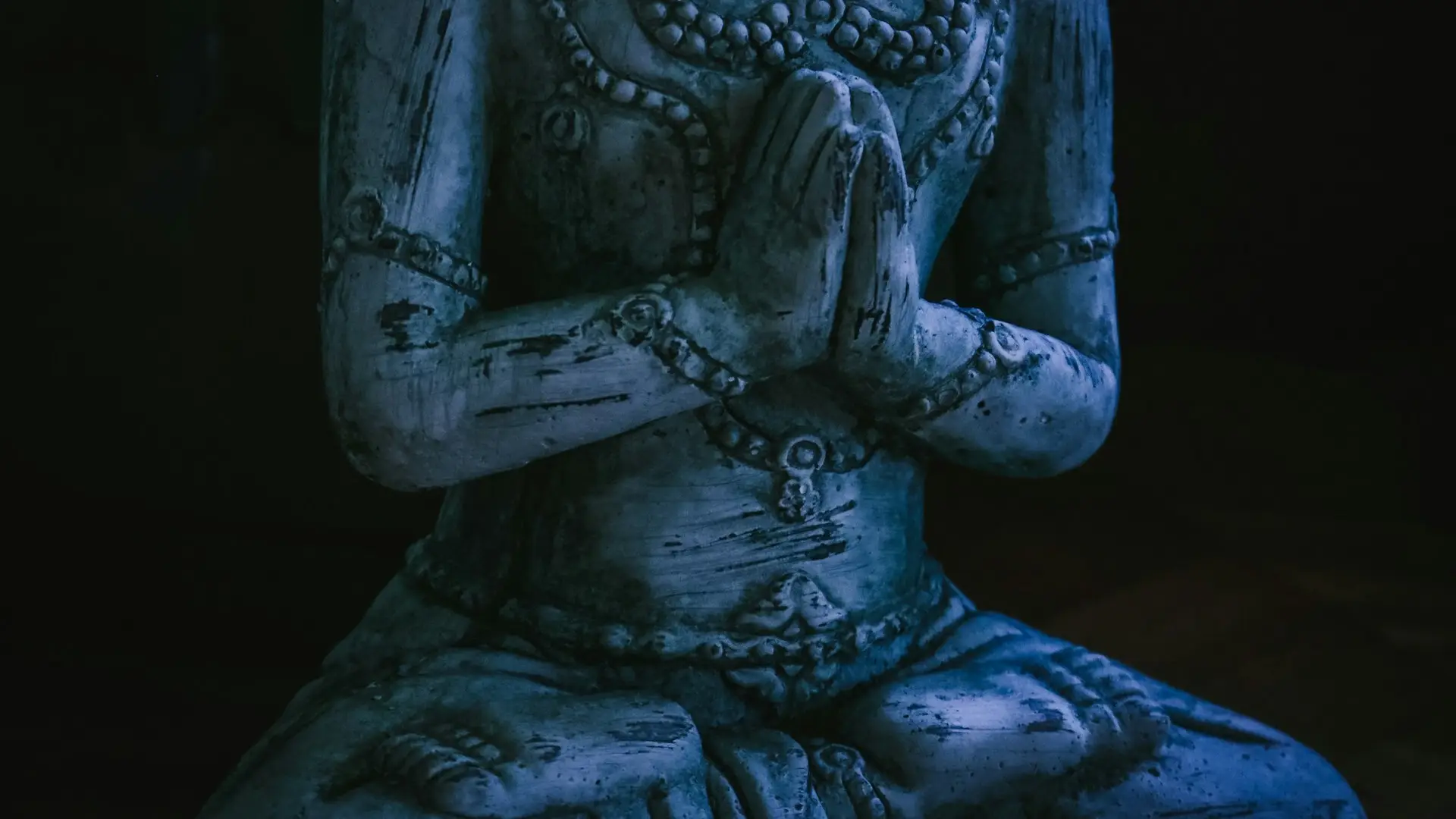Meditation is the practice of consciously directing your awareness. It’s a fundamental human skill that allows you to guide your mind toward a specific outcome, whether that’s achieving deep stillness, cultivating boundless energy, or gaining profound insight into your own nature. While often associated with relaxation, meditation encompasses a vast landscape of mental techniques, each with a unique purpose and methodology. It’s less about following one rigid rule and more about using the inherent power of your focus to explore and train your consciousness.
Definition
At its core, meditation is the deliberate regulation of attention. This can take many forms. For some practices, the goal is to sustain focus on a single object, such as the breath or a mantra, to stabilize the mind. In others, the aim is to achieve a state of pure, thoughtless silence—a practice often described as “emptying the mind”. Still other forms, like introspection, actively use the mind to analyze thoughts, emotions, and beliefs to gain deeper self-understanding. The common thread isn’t the absence of thought, but the conscious, intentional engagement with your own awareness.
Origin and Etymology
The act of directing one’s mind is an inherent ability of any conscious being, arguably stretching back to the dawn of self-awareness. It’s not a practice that was invented in one place but a fundamental capacity of the mind itself. What history shows us are the various cultures that mastered, codified, and built sophisticated systems around this innate skill.
While the English word “meditation” derives from the Latin meditārī (“to ponder”), many of the most influential formalized systems originated in ancient India. Practices like Dhyāna (meditative absorption) within the yogic traditions are profound explorations of consciousness. However, these should be seen as highly developed methodologies for a universal human potential, not its sole point of origin.
Purpose
The purpose of meditation is as diverse as the techniques themselves. There’s no single goal; rather, the intention defines the practice. The aims can be broadly categorized:
- Relaxation and Stillness: Many practices are designed to calm the nervous system, reduce stress, and achieve deep states of physical and mental peace.
- Insight and Introspection: Some techniques use the focused mind as a tool for self-inquiry, analyzing patterns of thought and emotion to gain wisdom.
- Energy and Vitality: Certain methods, particularly those involving specific breathwork patterns (pranayama), are explicitly intended to boost mental alertness and physical energy.
- Spiritual Attainment: In many traditions, meditation is the primary path toward goals like enlightenment, self-realization, or a direct experience of a higher reality.
Techniques
The vast number of meditation styles can be simplified into endless categories. Choosing a technique often depends on your personal goals. Here are a few examples of how various meditation practices can be categorized:
| Technique Category | Core Practice | Primary Goal | Examples |
|---|---|---|---|
| Focused Attention | Sustaining concentration on a single, chosen object (e.g., breath, mantra). | To develop mental stability and unwavering focus. | Samatha, Trataka, some forms of Zazen. |
| Observational | Watching the flow of thoughts, feelings, and sensations as they arise, often without judgment. | To develop insight, clarity, and emotional detachment. | Vipassanā (Mindfulness), Shikantaza. |
| Analytical | Using a focused state to actively investigate a specific topic, question, or personal belief. | To gain deep understanding and deconstruct mental patterns. | Analytical Meditation (Tibetan Buddhism), some forms of Self-Inquiry. |
| Energetic | Employing specific breathing techniques and visualizations to manipulate and increase vital energy. | To cultivate vitality, health, and heightened states of consciousness. | Pranayama, Qigong, Kundalini Meditation. |
The Awareness Principle
The principle of awareness is central to all meditation, but how it’s used differs significantly. In many popular traditions, such as mindfulness, the key is developing non-judgmental awareness—the simple, impartial recognition of whatever is happening in the present moment. This cultivates acceptance and reduces reactivity. However, this is not a universal rule. In analytical and introspective practices, awareness is more discerning. It is actively used to probe, question, and evaluate experiences to separate truth from illusion. In this context, awareness is less of a passive observer and more of an active instrument of investigation.
The Role of Focus and Attention
Regardless of the technique, focus is the engine of meditation. It is the skill of directing and sustaining your attention. Think of attention as a flashlight beam that you learn to control. In focused-attention meditation, you learn to hold that beam steady on one spot. In observational or analytical meditation, you learn to sweep the beam across your inner landscape, illuminating whatever comes into view. The initial and ongoing challenge of practice is training this flashlight—noticing when it has wandered off and gently but firmly bringing it back. This repetitive training is what strengthens your “attentional muscle,” which in turn empowers every other aspect of the practice.
Benefits
Consistent meditation practice leads to a wide spectrum of benefits, many of which are now being mapped and validated by neuroscience. These changes are largely driven by neuroplasticity, the brain’s remarkable ability to rewire itself based on repeated experience. The specific benefits can vary depending on the type of practice, but generally fall into several key domains:
- Psychological and Emotional: Almost all forms of practice can lead to reduced stress and anxiety by improving emotional regulation. Techniques that cultivate compassion can increase positive emotions and social connectivity, while analytical techniques can resolve long-standing psychological conflicts.
- Cognitive: Training your attention directly enhances your ability to focus, resist distractions, and hold information in your working memory. Your thinking can become clearer, sharper, and more flexible.
- Physical: The profound mind-body link means mental training has physical effects. Different practices can lead to lower blood pressure, improved sleep, a more robust immune response, and a change in the perception of pain. Energizing practices can directly increase physical vitality.



